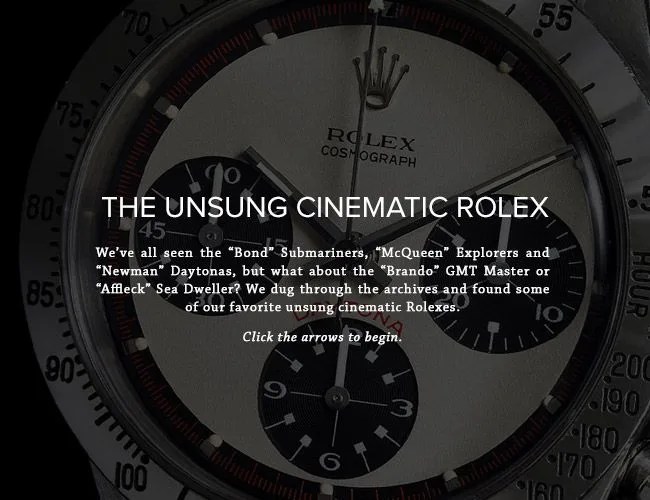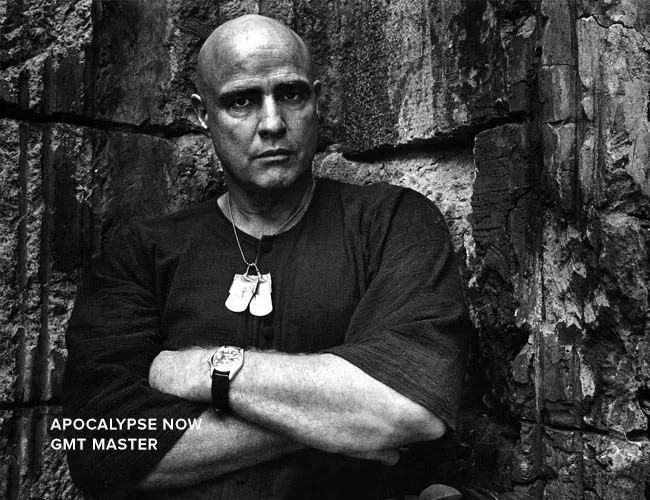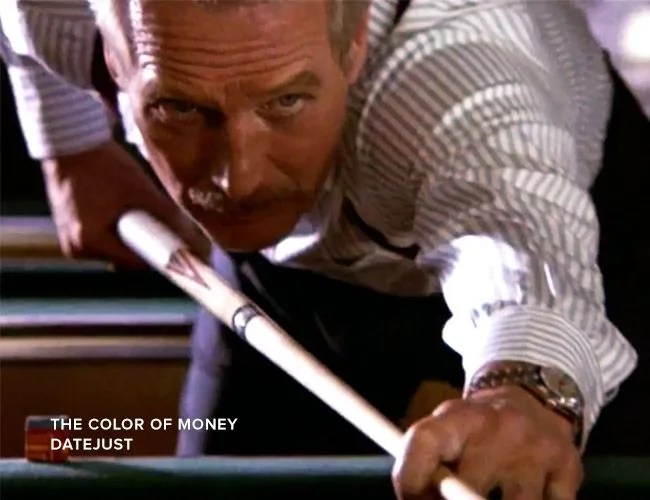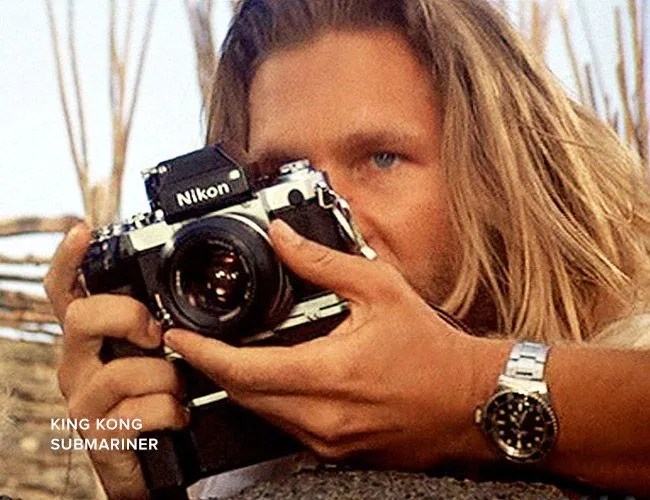Rolex had just three CEOs in its first century of existence; it’s had three more in just the past eight years. This week, the iconic company made the latest change in its game of musical chairs, putting Jean-Frédéric Dufour, whom many will recognize as the man who turned Zenith around, in the hot seat. This a major development for one of the most conservative companies in a very conservative industry — particularly because of Dufour’s track record.
MORE ROLEX: Icon: Rolex Sea Dweller | Want This, Get This: Rolex vs. Tudor | Patina: 1972 Rolex Submariner Ref. 5512
The Swiss is part of a younger generation of watch company CEOs, along with Montblanc’s Jerome Lambert, that has come of age in a dynamic time of social media, brand ambassadors and rapid product line updates. His arrival at Zenith in 2009 was greeted with much anticipation and his impact felt almost immediately. At the time, Zenith was suffering from a confused and bloated product line of cringe-inducing designs. Dufour wasted no time scrapping everything and going back to the company’s historical strong suit: the high-beat El Primero movement (which ironically it used to supply to Rolex) and its legacy of pilot’s watches. The storied chronograph maker quickly became one of the industry’s darlings, releasing heritage pieces and complications at surprisingly affordable prices. Zenith also scored a PR coup when it secured a place on the wrist of Austrian “space jumper” Felix Baumgartner — which was a direct result of a chance meeting between Dufour and Baumgartner at an auto race the year before the latter’s famous stunt. Clearly, Dufour knew what it took to get a brand back on its feet; he leaves Zenith in a good place.
6 original photos
So what will his arrival mean at Rolex? Like Zenith, Rolex has a rich history of product development and iconic names to pull from. But unlike Dufour’s former employer, Rolex has stayed the course over the years with nary a misstep. Dufour’s new job isn’t so much rebooting a brand as it is holding the steering wheel in the right direction and keeping Rolex relevant amid stiff competition.
Given the brand’s notorious conservatism, don’t expect a full-on overhaul with new products and lower prices. Anyway, that’s not what’s needed. In many respects, Dufour is a very lucky man. He’s been given the keys to the kingdom and the helm of a brand with formidable R&D and unmatched manufacturing might, not to mention a rich history of iconic watches and names.
Two areas Rolex could improve are its online presence and its overall dynamism. The Crown is renowned for its glacial product development pace, inching forward with risk-averse designs. Technically its watches are magnificent, and quality is unsurpassed. But on the design side, people turn to Rolex’s offshoot, Tudor, for the youthful, cool products. Rolex has also ignored the Internet, with nary a Facebook, Instagram or Twitter presence to speak of. It’s the brand of old money, for better or worse, choosing to stay above the online fray. Will Dufour affect change in these areas? Will Rolex leadership let him? Only time will tell.






